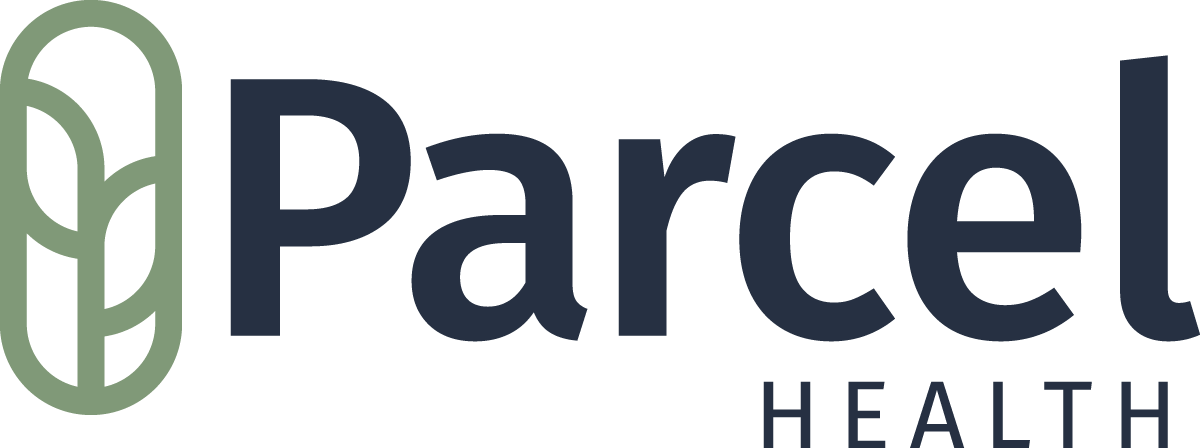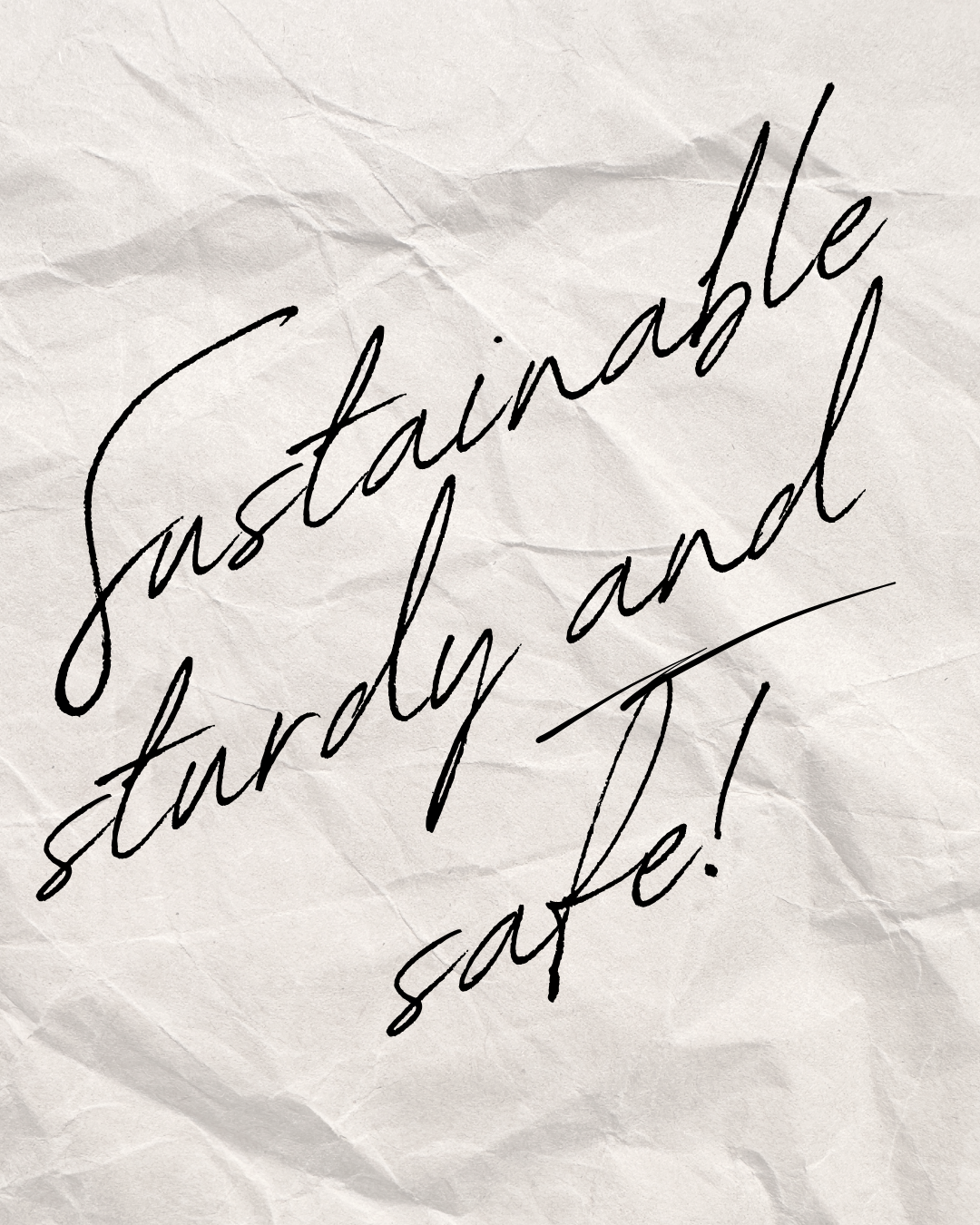September 28, 2025
Can a Pill Package Transform How You Feel When Filling a Prescription?
In healthcare, the aesthetics of medication packaging—especially pill bottles—often fly under the radar. Yet, a thoughtfully designed, beautiful pill bottle can do far more than simply contain medication. It can reshape how patients feel about their health, turning routine dispensation into a moment of empowerment. This shift—from addressing “sickness” to promoting self-care and wellness—isn’t just poetic. It’s practical, with measurable effects on patient satisfaction, adherence, and long-term outcomes.
1. From “I’m Sick” to “I’m Taking Care of Myself” through Design
For decades, the pharmaceutical industry has prioritized treating illness, crafting and reinforcing a patient identity centered around disease. The AMA Journal of Ethics cautions that the industry has historically defined and medicalized conditions in ways that tie patients’ sense of self to their sickness rather than their wellness.
Patient-centered packaging provides an opportunity to break this pattern. A pill bottle that feels intentional, respectful, and even beautiful can reframe how it feels to take a medication. Instead of a reminder of an illness, it can become a part of a person’s ritual for self-care.
And empowerment isn’t just a feel-good idea—it drives positive outcomes. A 2017 systematic review in PLOS ONE found that patients with high self-efficacy and a strong internal health locus of control demonstrated significantly better medication adherence. Packaging that communicates care—“You are capable, you are important”—helps build that self-efficacy, reinforcing the behaviors that support long-term health.
2. Patient-Centric Packaging: Usability Meets Dignity
Packaging is too often an afterthought in pharmaceutical design, but research shows it should be central to patient experience. A white paper from HCPC Europe emphasizes that icons, usability features, portability, and built-in reminder aids all make packaging more adherence-friendly.
When pill bottles are easy to open, clearly labeled, and visually inviting, they reduce frustration and foster independence. A SpringerLink study on patient-centered design further reinforces this, describing effective packaging as intuitive, self-explanatory, and built with the user in mind.
In this context, beauty isn’t superficial. A pill bottle designed with dignity and usability at its core not only pleases the eye but also empowers the patient.
3. Packaging That Enables: Real Patient Outcomes
The benefits of thoughtful packaging are measurable. A study evaluating the RxMAP (Medication Adherence Packaging) service found compelling results:
- 88% of patients missed fewer doses.
- 71% were more likely to take medications on time.
- 86% felt more confident managing their regimen.
- 74% reported greater independence.
- 64% said their overall quality of life improved
Though RxMAP utilized blister packaging, the parallels to well-designed pill bottles are clear. Improved navigability, clarity, and structure all contribute to confidence and autonomy. When pill bottles combine usability with beauty, they too can deliver measurable improvements in adherence and quality of life.
4. Aesthetic as Advocacy: Cultivating Wellness Culture
When patients encounter packaging that feels deliberate—thoughtful, even beautiful—they experience a small but meaningful affirmation: Your health matters. This moment of care matters. This message matters.
Research underscores that reframing health interactions around wellness, rather than illness, builds patient satisfaction and loyalty. The AMA Journal of Ethics points to the harm of over-medicalization, while design research highlights the potential of intuitive, human-centered packaging to support dignity and independence AMA Journal of Ethics, 2011; Design4Health, 2017. A pill bottle that looks and feels like care actually transforms medication from a burden into an affirmation of self-worth.
5. The Bigger Picture: How Empowerment, Adherence, and Wellness Work Together
The data and design insights converge:
- Beautiful, intuitive packaging enhances self-efficacy and motivation.
- User-centered features reduce frustration and build independence.
- Patient empowerment directly drives adherence and engagement.
- Improved confidence and independence translate into better medication behavior.
- Wellness framing vs. illness framing builds satisfaction, retention, and positive health identity.
Together, these factors paint a clear picture: packaging is more than a container. It is a touchpoint that can profoundly shape health outcomes.
Medicine That Looks Like Care
A pill bottle may appear simple, but within its form, color, usability, and aesthetic lies untapped opportunity. Parcel Health’s Tully Tube designs are a wonderful showcase of this approach. Beautiful Blue Tully Tube, for example, embodies this ethos. More than a container, it is a thoughtfully designed tool of self-care—one that reframes medication from a reminder of illness into a moment of empowerment and wellness.
With its striking design and patient-first functionality, Parcel Health’s Tully Tube equips people with clarity and confidence, while strengthening trust between patients and providers. When packaging honors patients in this way, outcomes improve: adherence becomes easier, satisfaction grows, and retention follows naturally.
In the end, caring for health also means caring through design. Every touchpoint matters—and in this simple way, a Tully Tube on the counter isn’t just a bottle. It’s a daily reminder that you matter, and your care matters.
Sources
- AMA Journal of Ethics. The pharmaceutical industry’s role in defining illness. https://journalofethics.ama-assn.org/article/pharmaceutical-industrys-role-defining-illness/2011-12
- PLOS ONE. Systematic review: patient empowerment, self-efficacy, and adherence. 2017.
- HCPC Europe / Design4Health White Paper. Patient-centered packaging and design for adherence. 2017. https://research.shu.ac.uk/design4health/wp-content/uploads/2017/11/D4H2017-online-v2.pdf
- MDPI / PMC. Impact of a medication adherence packaging service on patient-centered outcomes. 2021. https://pmc.ncbi.nlm.nih.gov/articles/PMC7838800/
Others you might like
Check out some of our latest blog posts.



